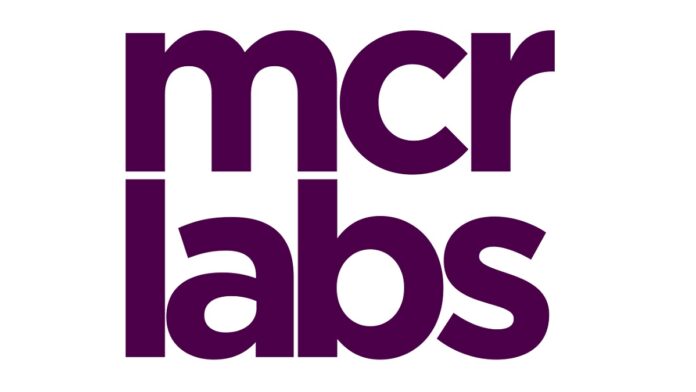WALTHAM, Mass. – Researchers from Brandeis University, MCR Labs, and Skell Labs have determined the crystal structure of Δ9-tetrahydrocannabinolic acid A (THCA-A) for the first time in a discovery that paves the way for further research on the cannabinoid as well as the more well-known product derived from its decarboxylation, Δ9-tetrahydrocannabinol (THC).
As the precursor to the primary psychoactive cannabinoid THC, THCA-A has been of interest to researchers for some time. Studies of the pure compound have been limited owing to difficulties in both purification and crystallization. Both issues were solved by using a carefully-designed selective extraction and fractionation process with liquid carbon dioxide. Unfortunately, THCA-A also appears to be difficult to stabilize, which has been a roadblock to further study or clinical research on the cannabinoid.
Chemical stability is a major area of study during drug development in the pharmaceutical industry, as different forms of crystalline drugs will affect how the body absorbs that drug. If there are two forms of a solid drug, one may be so insoluble that it has no beneficial effect, while another more soluble form could offer an ideal bio-delivery option. Product storage is likewise a concern when faced with unstable compounds.
All chemical compounds, such as cannabinoids, are subject to degradation, whether it occurs naturally over time, or is instigated by heat, light, or an interaction with another compound. This degradation often leads to a loss in potency, negatively affects the product’s efficacy, and introduces potentially unwanted byproducts.
Obtaining the pure crystalline form of a compound, such as THCA-A, gives researchers a clear look at the structure of the compound and opens avenues to solve stability issues. During the process, researchers noted that each molecule within the structure had an intramolecular hydrogen bond and that pairs of molecules were connected by intermolecular hydrogen bonds.
“The hydrogen bond pattern could be an important key to unlocking alternative approaches to the stability issues that have been observed for THCA-A,” said Dr. Bruce Foxman, Professor Emeritus of Chemistry at Brandeis University. “THCA-A could be a useful form for the storage and production of THC, as the compound decarboxylates relatively cleanly into the product THC with minimal side reactions.”
Knowledge of the hydrogen bond pattern will also be helpful for further research on polymorphs or co-crystals, which might have different arrangements and thus might affect the compound’s decarboxylation behavior.
Skell, J. M., Kahn, M. & Foxman, B. M. Δ9-Tetrahydrocannabinolic acid A, the precursor to Δ9-tetrahydrocannabinol (THC)Acta Cryst. (2021). C77, 84-89, https://scripts.iucr.org/cgi-bin/paper?S2053229621000280.
About MCR Labs
MCR Labs is the first independent cannabis testing laboratory to be certified by the state of Massachusetts. We are ISO/IEC 17025:2017 accredited providers of analytical cannabis product testing and R&D services committed to assisting licensed marijuana establishments, patients, researchers, entrepreneurs, and advocates. Our team of chemists and pharmaceutical scientists are dedicated to advancing public health and safety through leading-edge chemical analysis of cannabis products and offering unparalleled guidance and support for partners, regulators, and the communities we serve. For more information visit http://mcrlabs.com.












